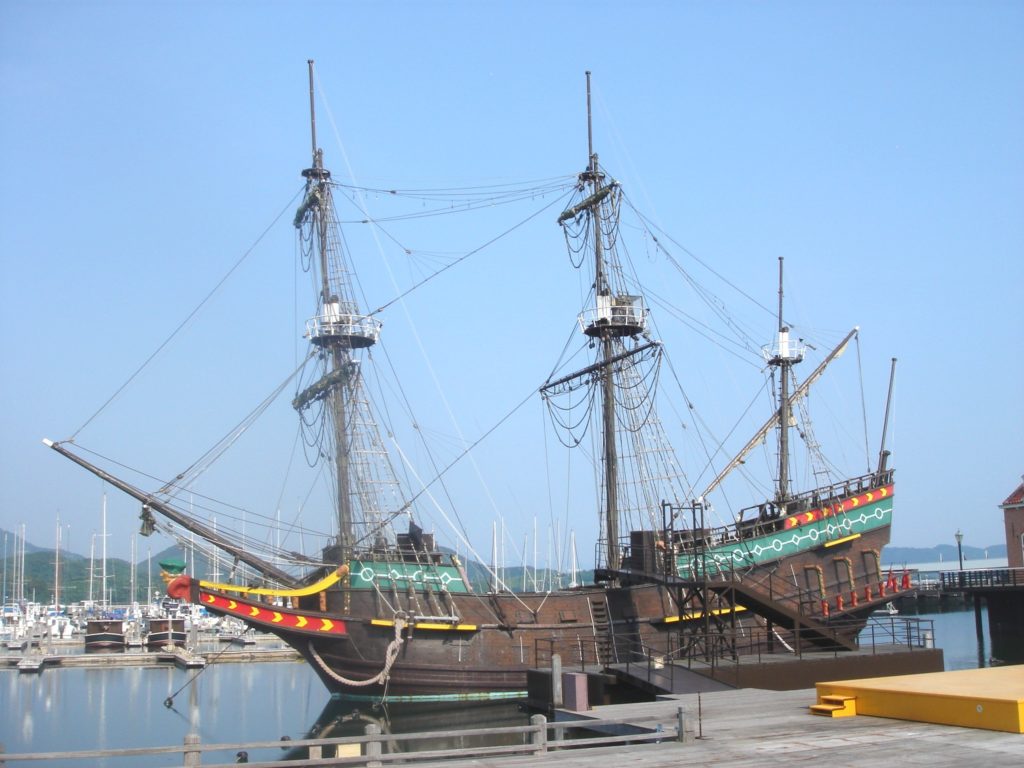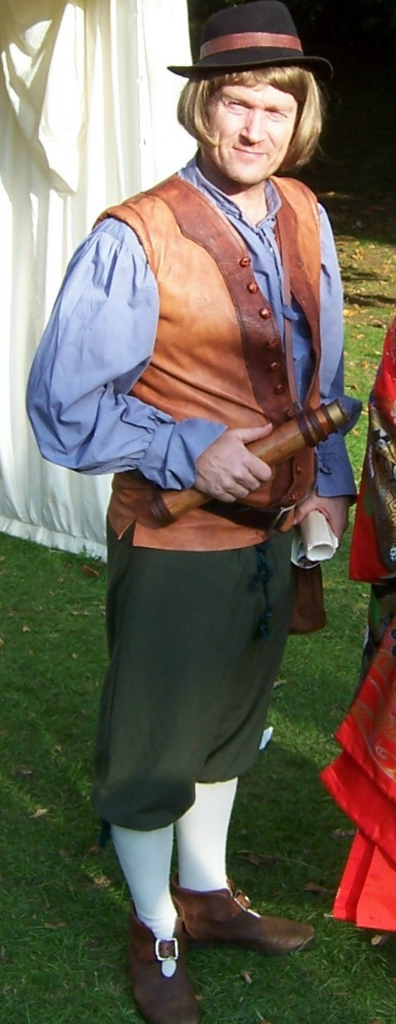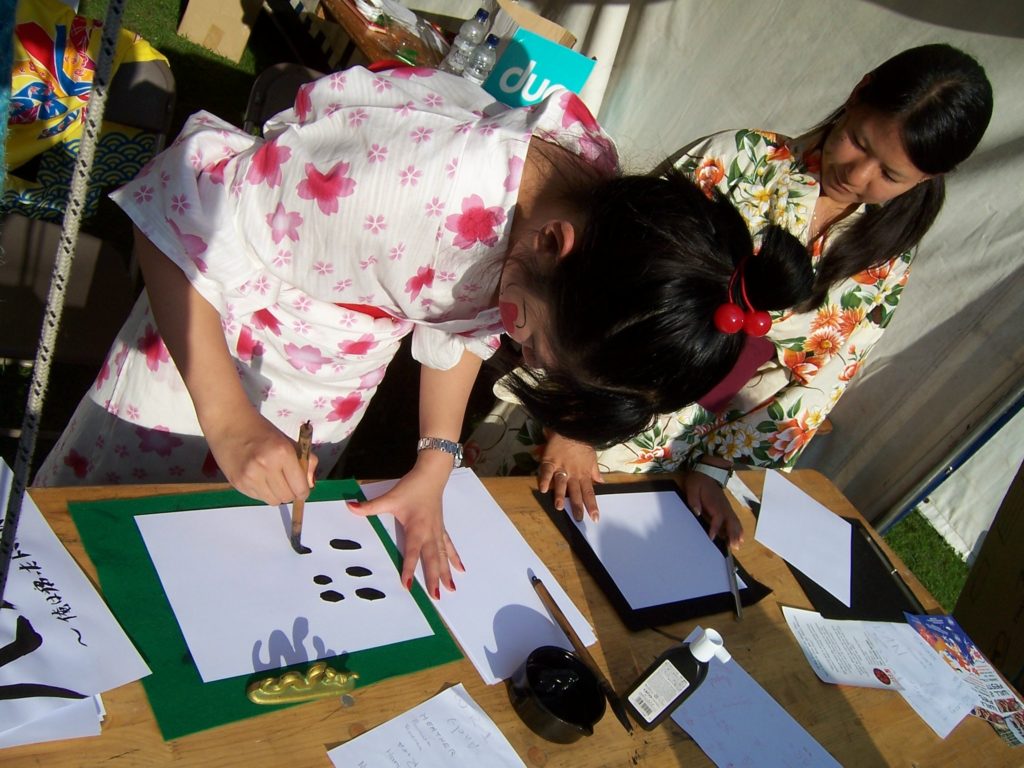
The 24 September 1564 the famous English samurai Miura Anjin (三浦按針) was baptised William Adams in the town of Gillingham in my home county of Kent in England. At the age of 12 he was apprenticed to a Master Mariner in Limehouse London, where he learned the skills that would enable him to navigate in the open oceans of the world. After 12 years he would serve as a pilot with the Royal Navy (including action against the Spanish Armarda), Marry in London, (fathering two children) and go on to work as a pilot for English merchants trading with Morroco. He then sought employment in the new ‘East Indies’ trade which Dutch merchants were starting out upon, as ‘pilot major’ (chief navigator) to a fleet of five ships bound for the ‘far East’, of which only one ship survived to make landfall in Japan. From a shipwrecked (albeit very skilled) sailor, William Adams rose through Japanese society, to achieve the status of ‘hatamoto‘ to the most powerful feudal lord in (and ruler of) Japan. He Died 16 May 1620 (aged 55) at Hirado, Nagasaki Prefecture, Edo shogunate. His resting place is William Adams Memorial Park, Sakigata Hill, Hirado, Nagasaki Prefecture, Japan.
In the year 1600 Adams and the remaining crew of the Dutch trading ship De Liefde made landfall 19 April in (the first place in the list below, follow the link for more info) present-day:
Usuki, Ōita Prefecture, which is one of four locations to hold festivals in his honour and commemorate his life to this day. The others are
Ito – where he built the first Western type ships,
Yokosuka where he was granted a large country estate and lived, and
Hirado – where he is buried and which was the location of the Dutch and later English trading posts,. There is also a memorial to Adams in Tokyo, in: (see below)
Nihonbashi district, where he had a ‘townhouse’ and worked with an area of the city named after him- and a road still bearing his name.
He was never (was forbidden) to return to his native land, but remarried raised a family and conducted a very lucrative trading business and was granted land and titles, becoming a very influential figure as advisor to the most powerful man in Japan Shogun Tokugawa Ieyasu, who renamed him ‘Anjin’ (Japanese for ‘Navigator’). His skills were many, including Mathematics, Geography, navigation and shipbuilding, and knowledge of Western technologies, which he taught the Shogun’s men (of which he was now one), and were of great use in his new home, aswell as his fluency in languages of which he had added Japanese, and became the Shogun’s interpreter at court (between Europe and Japan). His real skill however seems in making friends and gaining the trust of those who he met, and we can guess at the qualities of the real man from the facts of his rise through, and place in Japanese society. In Japan William Adams is a well known historical figure, who was made known to the wider world via James Clavell’s novel Shogun, and the American TV series of the same name, starring Richard Chamberlain, of which i watched transfixed as a child, and which played a part in making Japanese history and culture better known in the West.
I live in ‘The Medway Towns’ (a large urban conurbation, a city in all but name) a group of five towns of which Gillingham, where William Adams was born, is one. The church of St Mary’s Gillingham is the oldest building in the town, with a 12th century Norman font where William Adams would have been baptised. There is also an impressive clock tower monument to William Adams erected in 1934, with nearby roads named after him. There was the Will Adams festival held in his honour here until very recently (the town council were the organizers), and there still is a Japanese cultural relations group, The Medway Japan Group, who host a group of Japanese students each year (and English students are hosted in Japan) , among other activities keeping alive the connections between Japan and England/Yokosuka, Ito and Gillingham.
In Japan along with festivals in four locations in honour of Miura Anjin/William Adams, there is a very large cultural exchange group with members visiting England on a regular basis, and there are many people and organizations in Japan that promote William Adams related events and places. If you would like to know in greater detail the story of William Adams while he was in Japan, there is a group called the Willlam Adams Club (WAC) which publishes material in English aswell as Japanese to share with the world the story of the first Englishman to reach Japan, and one of the first, and very few Western Samurai. I will do my bit to tell the story of this fine man, which is the story of Japan and England/East and West. (for the most accurate account of Adams life in Japan WAC member Prof Richard Irving is the author of five books that tell the story, book one is titled: ” A True and Complete Account of the Life of William Adams – The English Samurai – Act One: His Early Years – 1564-1598 – (A True and Complete Account … Adams – The English Samurai – In Five Acts) ” )
We are lucky in The Medway Towns/Gillingham having such a great story start here. England also, i feel, is lucky to have William Adams/Miura Anjin as the first Englishman to visit Japan and later establish diplomatic, cultural and trade relations between our two countries (the 400th anniversary of this event was celebrated in 2013). In so doing he was to act as an ambassador for our own great people and land, to the great people and ‘land of the rising sun’ –Japan. For all the personal qualities that impressed a Shogun, he was only human, as his story will show- a man just like many capable men (and women) today, whether born in England or Japan, someone with very good manners, highly skilled with his hands and brain and at making and keeping friends. The Anjin story is timeless but very contemporary. Rather than a hero of unattainable powers, the main character of this tale is someone we can learn from, with skills and qualities we can emulate in our own lives, and that can teach us about the lives of others from another time and another culture, very different from our own- but after all the same, both in Elizabethan times and in our more cosmopolitan modern world.

MarioR, CC BY-SA 3.0 https://creativecommons.org/licenses/by-sa/3.0, via Wikimedia Commons



